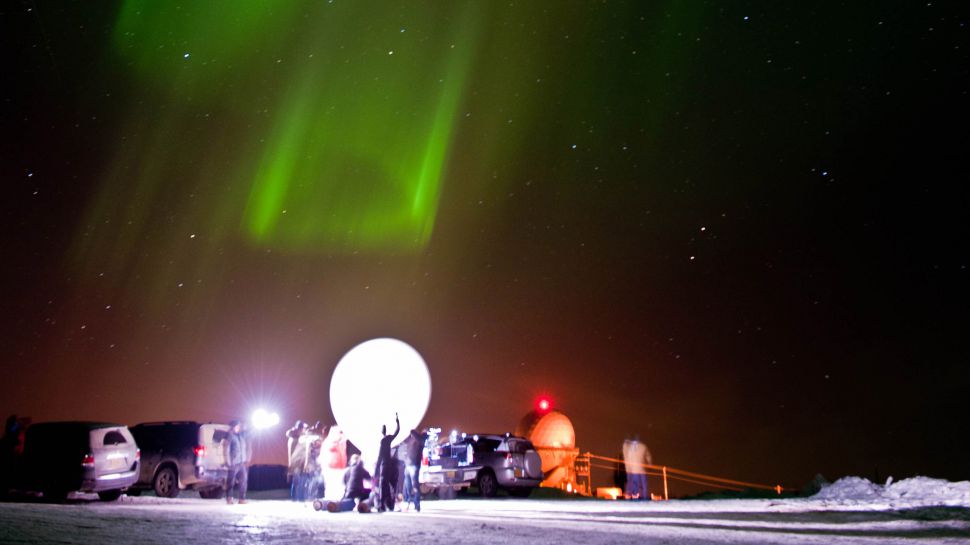DIY auroras: how to make your own space weather
According to declassified Cold War data

If you've ever taken a trip to Iceland, northern Norway or Canada in the hope of catching a glimpse of the aurora borealis and left disappointed, then I've got some good news for you. It's possible to create artificial aurorae. Unfortunately, you'll need to detonate a nuclear bomb in the atmosphere to do it.
That's the finding of a study of newly-declassified Cold War tests that took place in the late 1950s and early 1960s. Both the US and USSR conducted military exercises that involved exploding nuclear devices at heights from 16 to 250 miles above the surface, with codenames like "Argus" and "Hardtack".
“The tests were a human-generated and extreme example of some of the space weather effects frequently caused by the sun,” said Phil Erickson, assistant director at MIT’s Haystack Observatory, Westford, Massachusetts, and co-author of the study.
“If we understand what happened in the somewhat controlled and extreme event that was caused by one of these man-made events, we can more easily understand the natural variation in the near-space environment.”
Perturbations
The aurora borealis, and its southern-hemisphere equivalent - the aurora australis, occur when the Sun belches out high-energy particles that collide with the Earth's magnetic field. The impact of that collision makes changes to the magnetic field that create auroras, and can also damage power grids.
In the Cold War tests, the nuclear explosions released enough energy to cause similar perturbations in the Earth's magnetic field, resulting in aurorae being seen above places close to the equator that would never normally see it - like the Apia Observatory in Western Samoa.
Some even created artificial radiation belts around our planet - layers of charged particles held in place by magnetic fields. These belts remained in place for weeks, and in one case years, causing satellites that passed through them to fail.
Get daily insight, inspiration and deals in your inbox
Sign up for breaking news, reviews, opinion, top tech deals, and more.
"Such atmospheric nuclear testing has long since stopped, and the present space environment remains dominated by natural phenomena," wrote Nasa's Mara Johnson-Groh.
"However, considering such historical events allows scientists and engineers to understand the effects of space weather on our infrastructure and technical systems."
The full details of the study were published in the journal Space Science Reviews.
